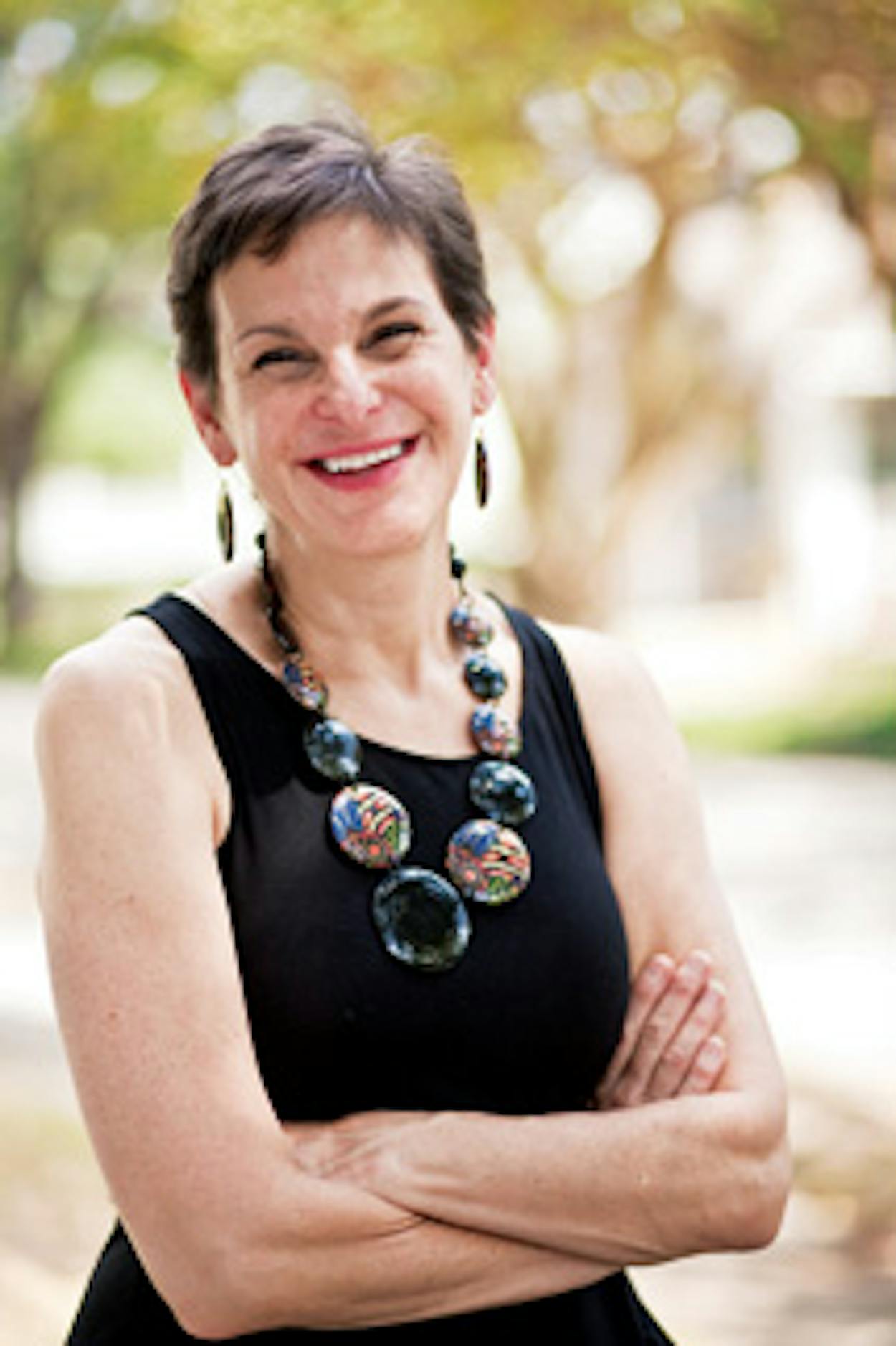Some writers are journeymen, always on the road. Others work and rework the same ground, eventually becoming identified with the places they inhabit. In this second category you often find journalists and novelists who take their inspiration from huge and fascinating cities, urban ecosystems with enough tragedy, comedy, and political drama to last a lifetime. The New Yorker writer Joseph Mitchell, though he was born and raised on a farm in North Carolina, found his muse in the fish markets and gin mills of New York City. Longtime Sun reporter David Simon cemented his reputation as the bard of Baltimore with two books and five seasons of The Wire. Chicago had Studs Terkel. Miami, and Florida at large, has Carl Hiaasen.
Our own version of this has been the journalistic relationship over the past quarter century between executive editor Mimi Swartz and the city of Houston. Though the offices of TEXAS MONTHLY are located in Austin, a stone’s throw (if you’re Tony Romo) from the Capitol, for most of her tenure Mimi has lived in and worked from Houston. It’s hard to imagine her anywhere else, so thoroughly has she woven her career into the city. In 1987, in one of her first long features for TEXAS MONTHLY, Mimi, who grew up in San Antonio, wrote about moving to Houston as a recent college grad and discovering her powerful affinity for the place:
I loved knowing that I was living in a city bent on creating itself at the same time I was. . . . In those moments, when it was growing dark, and I’d see the auto taillights lined up on Louisiana Street on the way to the freeways, Houston was mine more than any place had ever been.
In the years since then, Mimi has written about Houston from every angle imaginable, her subjects including but not limited to River Oaks socialites, Vietnamese immigrants, breast implants, NASA, Enron, Exxon, local celebrities, local politicians, local murders, sex trafficking, trial lawyers, private schools, preachers, and Katrina refugees. Like all good journalists, Mimi is as interested in power as she is in powerlessness, both of which Houston possesses in large quantity. Very large quantity. When Mimi comes to Austin for meetings, I suspect she thinks to herself, as many Houstonians must, “Well, this is a nice little town.”
Few institutions encompass the vast, fascinating complexity of Houston as much as the city’s independent school district. It is the state’s largest, with more than 200,000 students, almost 30,000 employees, and an annual operating budget topping $1.5 billion. It also serves a population that is both wildly diverse (eighty languages are spoken in the district) and very poor (79 percent of it students qualify for free or reduced-cost school lunch). As in most things Houston, Mimi knows HISD well. Her son, Sam, is a product of it. When she came to me last year wanting to write a story about the district’s superintendent, Terry Grier, a hard-charging reformer who had recently been brought in to shake things up, we decided that a subject so big deserved a two-part series. First, a column, which ran in the September 2010 issue, introducing readers to Grier and the incredibly high stakes of his job (“As public schools continue to fail, the very future of Texas is in jeopardy”). Second, a feature-length article that would track Grier’s progress over the entire 2010–2011 academic year.
This month we’re publishing the second part of this project, a masterful, deep-dive report on Grier’s controversial leadership of HISD (“Super Collider,” page 126) that illuminates the almost unfathomable difficulties of running the state’s largest school district. Mimi’s article tackles one of the most important issues facing Texas—and the country: How do we turn around the fortunes of large urban school districts? But it also does something more: it adds another chapter to her remarkable, career-long body of work that tells the extraordinary story of Houston.







